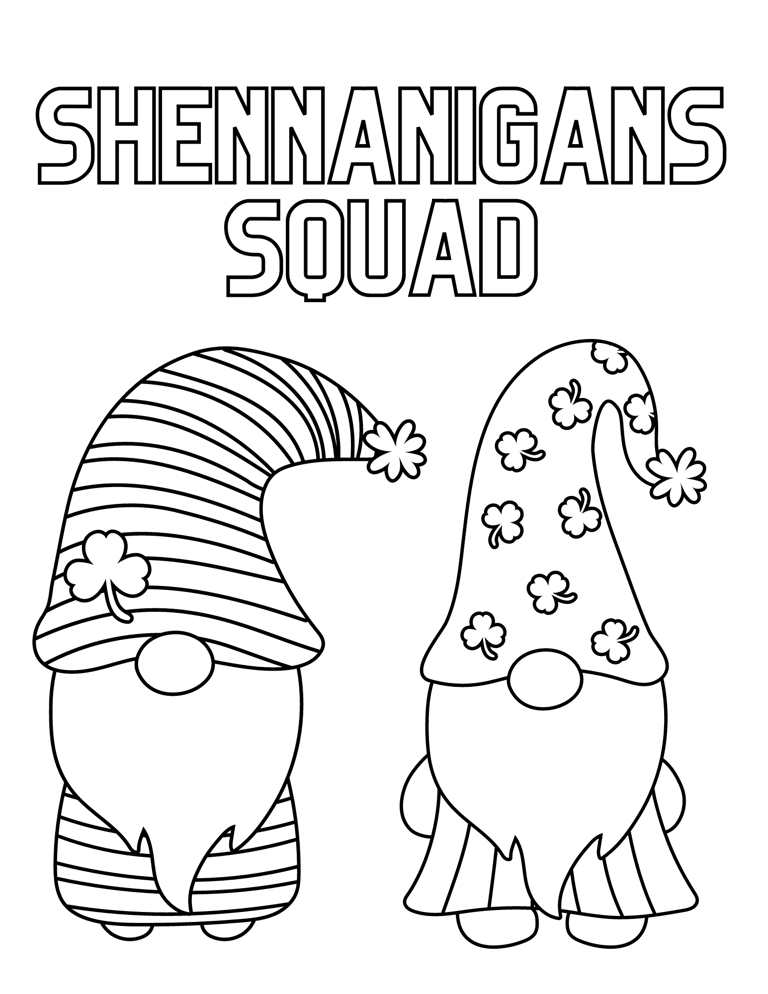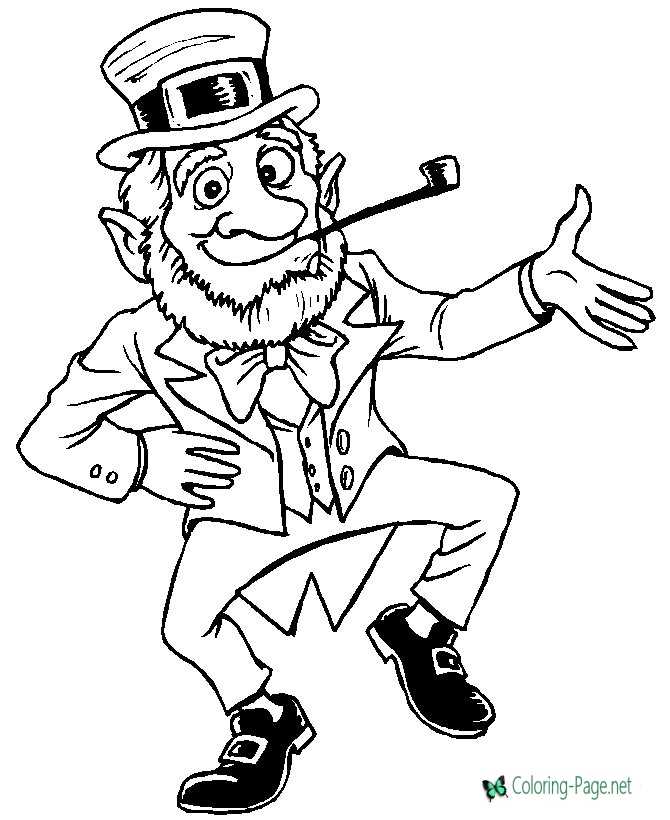Gallery
Photos from events, contest for the best costume, videos from master classes.
 |  |
 |  |
 |  |
 |  |
 |  |
 |  |
KENNESAW, Ga. (THE CONVERSATION) — St. Patrick’s Day usually conjures images of partying, Catholicism, Irish nationalism and, perhaps most famously, the color green: green clothes, green shamrocks, green beer and green rivers. The original color of St. Patrick’s Day was blue, known as St. Patrick’s blue. Green replaced blue as the official color of the holiday around the 1780s. Popular symbols like shamrocks and wearing green today stem from this change. It’s official color: Sky blue. Why did the St. Patrick’s Day color became green? For a while, the Irish were true-blue to using the color blue as the symbol of St. Patrick. What Was St. Patrick’s Day’s Original Color? Before the sea of green flooded every street and city skyline on March 17th, the original color associated with St. Patrick was a shade of light, sky-toned blue—a hue that has come to be called “St. Patrick’s Blue.” However, blue still plays a symbolic role in Ireland: Since 1945, the flag representing the president of Ireland has a gold harp with a dark blue background – the color known as St. Patrick’s Historically, blue was closely associated with St. Patrick, mainly because it was the color of the Order of St. Patrick. This Anglo-Irish knightly order, founded in 1783, employed blue as its color. Patrick was first represented by the color blue. This 13th-century image of St. Patrick depicts Ireland's patron saint in a blue robe. Why was St. Patrick’s original color It’s no secret that the color blue is strongly associated with St. Patrick’s Day and all things Irish. From blue shamrocks to Chicago River dyed blue, the vibrant hue is an integral part of the March 17th festivities. But why is blue so intertwined with Ireland’s patron saint? Since 1962, the Chicago River has been dyed green for St. Patrick’s Day. Scott Olson/Getty Images Bryan McGovern, Kennesaw State University. St. Patrick’s Day usually conjures images of partying, Catholicism, Irish nationalism and, perhaps most famously, the color green: green clothes, green shamrocks, green beer and green rivers. Long before the vibrant green hues became the hallmark of St. Patrick’s Day, the patron saint of Ireland and the Emerald Isle itself were more closely linked to shades of blue. This fascinating aspect of Irish history reveals a deeper symbolism and cultural significance behind the colors associated with St. Patrick. At some point he adopted the Latin name Patricius. In the 10th century, the first evidence of St. Patrick being a beloved figure in Ireland emerged. In the early 17th century, Luke Wadding, an Irish priest, persuaded the Catholic Church to make March 17 a feast day for St. Patrick. St. Patrick wasn’t born in Ireland, but he did missionary However, blue still plays a symbolic role in Ireland: Since 1945, the flag representing the president of Ireland has a gold harp with a dark blue background – the color known as St. Patrick’s So my students are often surprised when I tell them that St. Patrick’s Day was once a solemn feast day when you’d be far more likely to see the color blue. In fact, there’s even a color known as St. Patrick’s blue. ‘True blue’ Historians don’t know much about St. Patrick. But they believe he was born in the fifth century as Maewyn However, blue still plays a symbolic role in Ireland: Since 1945, the flag representing the president of Ireland has a gold harp with a dark blue background – the color known as St. Patrick’s St. Patrick's Day is the holiday when even the most recalcitrant American feels tempted to don green clothing or sip on some green beer. But what if everyone wore blue on March 17 each year instead? However, blue still plays a symbolic role in Ireland: Since 1945, the flag representing the president of Ireland has a gold harp with a dark blue background – the color known as St. Patrick’s St. Patrick’s Day usually conjures images of partying, Catholicism, Irish nationalism and, perhaps most famously, the color green: green clothes, green shamrocks, green beer and green rivers. However, the original color associated with the patron saint of Ireland, Saint Patrick, was blue! Keep reading to learn the meanings of all the St. Patrick’s Day colors and how they came to be associated with this holiday. Plus, make sure to get a free St. Patrick’s Day coloring page printable at the bottom of this post. St. Patrick’s Day was once a solemn feast day when you’d be far more likely to see the color blue. In fact, there’s even a color known as St. Patrick’s blue. Wed., Mar. 12, 2025 | Clear, 73° F | About us | Advertise with us | It’s one of the lesser-known St. Patrick’s Day facts with many associating green with Ireland’s Patron Saint. Below, you’ll discover why blue was the original colour of St. Patrick and how it’s now green!
Articles and news, personal stories, interviews with experts.
Photos from events, contest for the best costume, videos from master classes.
 |  |
 |  |
 |  |
 |  |
 |  |
 |  |